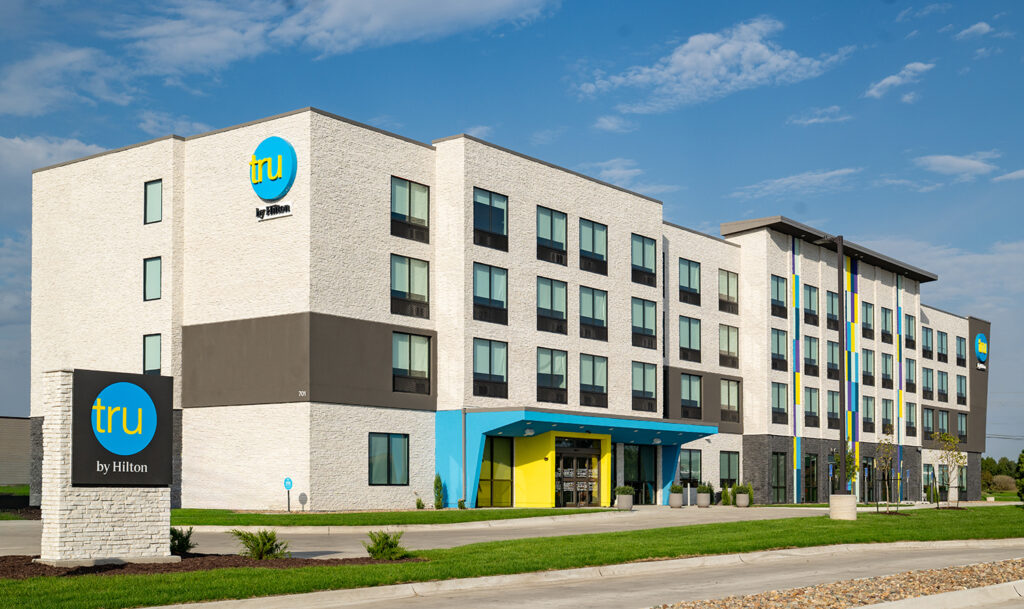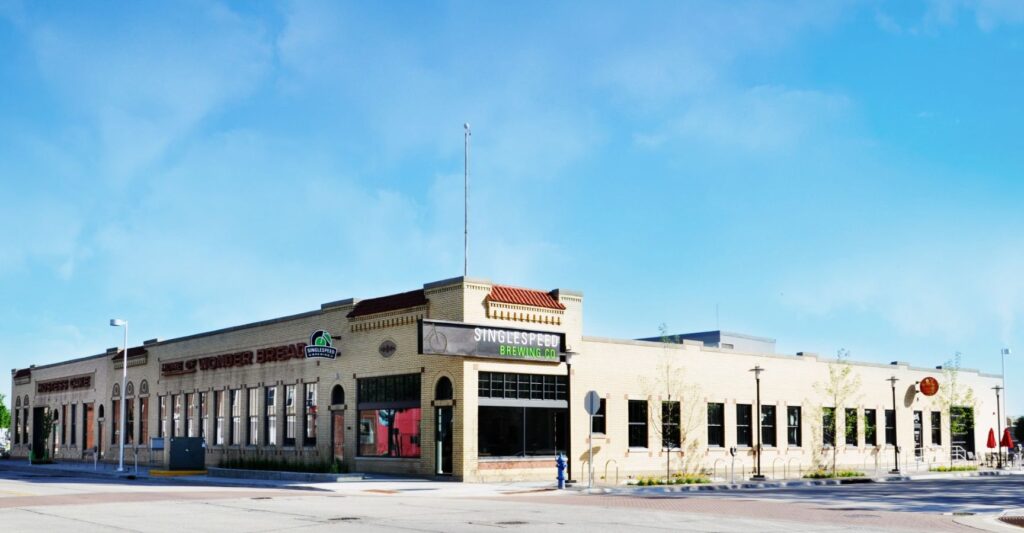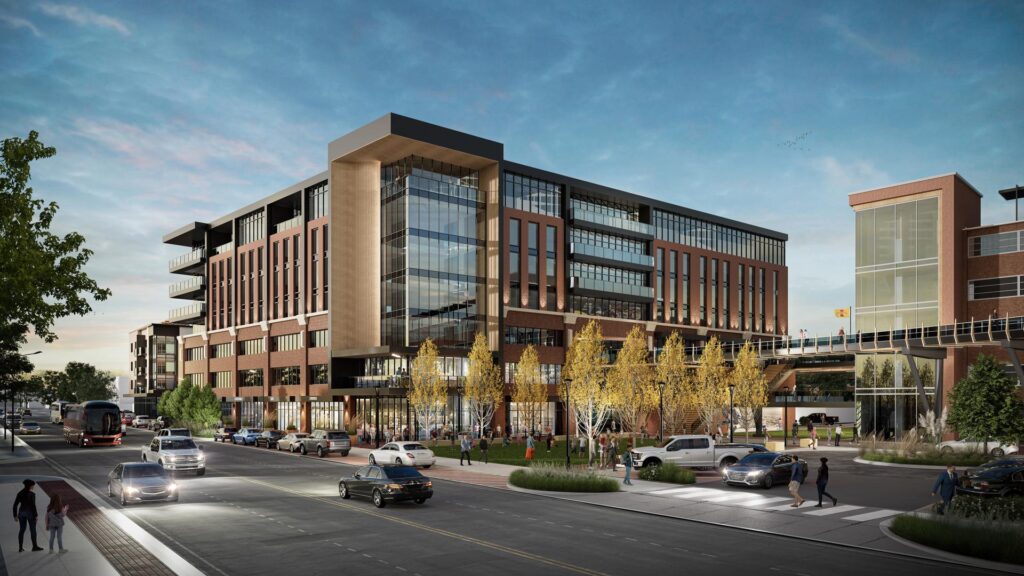Lots to ponder for home builders
Home builders need sites for homes, and a softer touch on some regulations

Round out the number of lots available to host a new house, and the number 5,100 sounds pretty good. It’s not, said Creighton Cox, executive director of the Home Builders Association of Greater Des Moines.
That number for the five-county Des Moines metro area actually stands at 7,700, but a third of those are weed-infested lost causes, Cox said. Maybe they will be useful someday, but few builders would want to buy them, especially during a time of tight credit, and spend the money necessary to make them useful.
The existing inventory could be exhausted over the next couple of years, providing the dynamic of the market for new homes continues a slow climb out of the Great Recession.
At the peak of activity in 2005, before the collapse of Regency companies, then the state’s largest home builder, and the failure of other companies with developments promising 300-lot plats, 4,756 building permits were issued in an area consisting of just Polk, Dallas and Warren counties and Ames.
The number bottomed out at 2,128 in 2008 and had increased to 2,999 last year, but with additional communities added to the mix.
Of that supply, about 70 percent is marked for single-family houses and about 30 percent for townhouses, Cox said.
What those numbers tell Cox is that Greater Des Moines has about a two-year supply of lots, with not many more showing up on new plats that have been submitted in local communities.
Not every permit translates to a new house, but still, Cox sees a shortage of available lots on the horizon, and he is concerned that those lots will not accommodate houses priced in the entry-level range of $200,000 or less.
“My concern is that the $200,000 home is becoming difficult to build and make a profit,” Cox said.
Part of the problem is federal regulations to control storm water runoff. To comply with current guidelines, builders must bring in four inches of topsoil to dump on top of the standard clay-packed building lot.
“I agree that it will slow water going to storm sewers and watersheds,” Cox said. “But to get there, are we creating a deeper environmental problem?”
Cox noted that in order to bring a lot to grade, top layers of clay have to be scraped away and replaced with topsoil.
Still, it is not to a builder’s benefit to foul creeks and surrounding areas with muddy runoff, he said.
“We don’t want dirty creeks, dirty parks or dusty roads; that makes it difficult to sell a house,” Cox said.
There are demographic forces at play that are slowing the home building market, as well.
The recession caused families to huddle together, often with multiple generations living under one roof. That meant that young people looking for a starter home were living with their parents or finding it advantageous to live in apartments. Though the construction of new homes is slow in Greater Des Moines, there has been a boom in rental units, whether in a new multifamily project or a rehabbed warehouse.
“I think we’re at a point where we’re in a three- to five-year cycle where younger buyers will live in an apartment, save, then start looking for a home,” Cox said. “In seven to 10 years, we could be at a sustainable level of building 3,600 to 4,000 homes a year. If the population grows, we will absorb houses faster. What we have to make sure we do is build the right home.”
Now is the time to anticipate the changing needs of people who will be buying those homes.
“We need starter homes, but we also need homes with a universal design to accommodate Baby Boomers – features such as no-step entry, wider doors, grab bars, showers and laundry on the main floor,” Cox said. “Those features are not readily available now because there wasn’t a need for them.”
In addition, builders would benefit from a change in underwriting standards.
“It is difficult to get a construction loan. You need 20 percent down, a 760 credit rating or you need to have equity in the home,” Cox said. “There is some help for people who don’t qualify for a conventional loan from the U.S. (Department of Veterans (Affairs), Housing and Urban Development, U.S. Department of Agriculture rural development grants and loans.”
What that means is that builders are eying people who can afford homes in the $350,000 to $500,000 price range.
“Builders are hoping to make a profit by stressing quality over quantity,” Cox said.
In addition, lenders don’t want to sit on a construction loan for a long period of time. That means builders need to have a lot developed and a house sold more quickly, Cox said.
“In better times, it took three to four months to finish a project,” he said. “You would have enough time to get lending for another project. You didn’t need to have all lots sold before the next loan was approved.”
Tight lending standards also have led to an increase in the number of remodeling contractors in the home builders association.
For one thing, a builder typically carries the construction loan on a new house, whereas a remodeling contractor does not – the loan, typically a home equity loan, is carried by the homeowner.
“With difficulty in getting a loan for a new home, coupled with the remaining uncertainty about the economy and the fact that people like their community, they decide to make their home the kind of place they want it to be,” Cox said.
Cox remains optimistic about the future.
If nothing else, he can take note that in January, 79 new homes were under construction in Greater Des Moines. In January 2011, work was under way on 40 new homes.
And there are signs of pent-up demand for new homes.
In Woodland Hills in West Des Moines, a former Regency development that was sold to a Minnesota investment and development company, 26 percent of the available lots were sold in the first 100 days that the company, Oppidan Investment Co., has owned the land.
In addition, the company has started work on the reconstruction of 88th Street on the east side of the development, and the Waukee Community School District is about to take bids for an elementary school that will be located in Woodland Hills.










